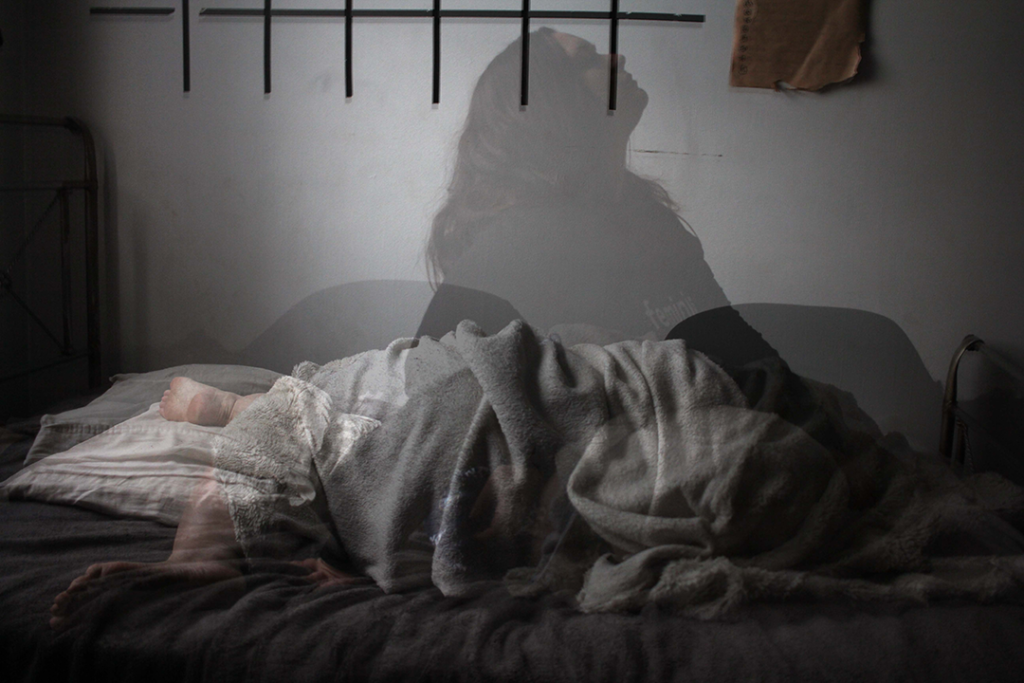Did you know that lack of sleep is a major health crisis? In fact, many people have sleep disorders without even realizing it. Just within the United States alone, 70 million people experience chronic sleep problems. While these are common issues, they don’t get as much attention as they deserve, which has led organizations such as the Centers for Disease Control and Prevention to increase their efforts to educate people about them. Let’s take a look at some common sleep disorders and how they affect people.
What is a Sleep Disorder?
As you might assume, a sleep disorder is a classification of health issues stemming from a person being able to get regular, restful sleep. People who experience difficulty getting to sleep or staying asleep or who have impaired daytime performance as a result of poor sleep are likely to be diagnosed.
There are roughly 80 different types of sleep disorders. This presents a pretty extensive list of conditions. However, there are a number of sleep disorders that are seen much more frequently than others. We will take a look at the most common ones below.
Insomnia
This occurs when people have problems falling asleep or staying asleep. The frequency of occurrence and length of a bout of insomnia will vary from person to person. Roughly half of adults experience short instances of insomnia from time to time; however, chronic insomnia sufferers can see extensive negative impacts.
Insomnia has many causes that can include stress, illness, or environmental problems. People suffering from insomnia are likely to experience extreme tiredness, particularly during the daytime, find less joy in life, and are more likely to experience mental health issues such as depression.
Narcolepsy
You might conceptualize narcolepsy as somewhat opposite of insomnia. People with narcolepsy get the recommended amount of sleep at night; however, they still feel extremely tired during the day. This can create an extreme desire to sleep. This condition typically begins prior to age 25.
Narcolepsy’s most significant symptom is an extreme level of tiredness that can reduce productivity, energy level, and quality of life. However, the condition also leads some people to experience things known as sleep attacks, which occur when they simply fall asleep, often for a few minutes. This can lead to significant danger for those engaged in activities such as driving.
Shift Work Disorder
Many people engage in shift work, where their jobs require them to work overnight, extremely early in the morning, or late into the night. This creates a problem for the body’s circadian rhythm that controls sleep processes. This problem particularly develops because shift workers typically work roughly three or four days a week while having the others off, which can extremely confuse the body’s processes.
The body regulates sleep based on natural light and dark periods. People with shift work disorder often experience disrupted cycles, leading them to feeling excessively tired at work or being unable to sleep on days off. Roughly 32% of shift workers experience this disorder.
Sleep Apnea
Sleep apnea is a condition that occurs when a person’s breathing becomes interrupted as they sleep. This usually causes them to wake suddenly. There are actually three different types of sleep apnea. One type is caused by an obstructive airway which becomes blocked during sleep. Another occurs because the brain stops telling the body to breathe. A third is a combination of the two types.
People with sleep apnea can cause loud snoring and daytime tiredness. People with this condition often experience excessive fatigue and irritability as well. However, it can also lead to conditions such as heart disease and high blood pressure. In some situations, it may lead to death.
Rapid Eye Movement Behavior Disorder
Rapid Eye Movement Behavior Disorder occurs when a person “acts out” their dreams, which can often include things like arm and leg movements as well as vocalizing or screaming. Typically, when someone experiences the REM cycle of sleep, they exhibit temporary muscle paralysis. This allows people to dream safely. However, when this does not occur, people can have physical responses to dreams.
Since REM sleep generally occurs during 25% of a night’s sleep, this can lead to problems such as the risk of physical injury and disrupted sleep for anyone sharing a bed wit the person. In fact, 90% of spouses of people with REM Behavior Disorder report having disrupted sleep.
Final Thoughts
There are many different sleep disorders that people experience. Insomnia is by far the most common of these; however, there are many others experienced by a portion of the population. People experiencing sleep disorders should consult with their physicians. For those seeking to restore their circadian rhythm, use of a sun lamp can be an important tool in your toolbox.




